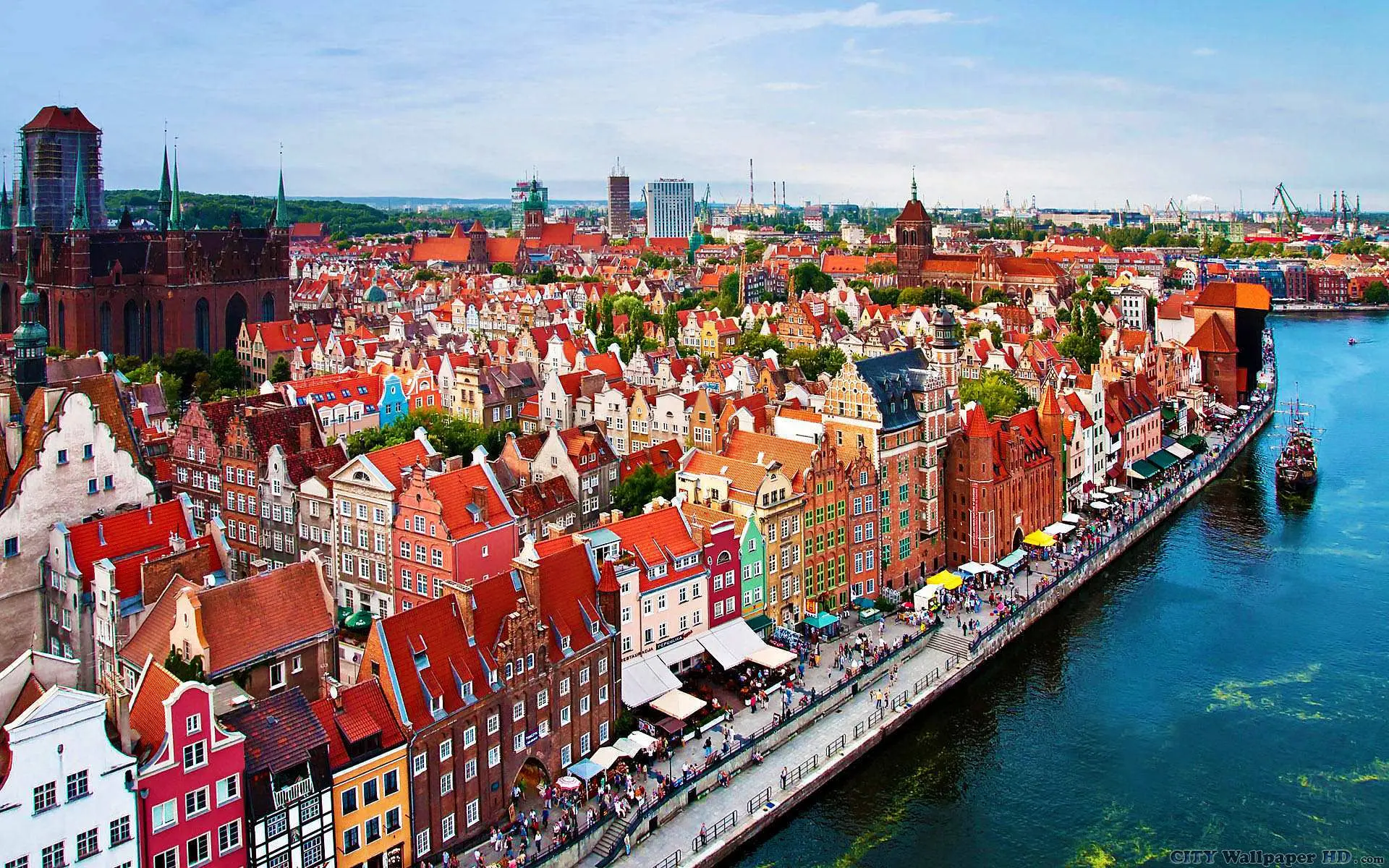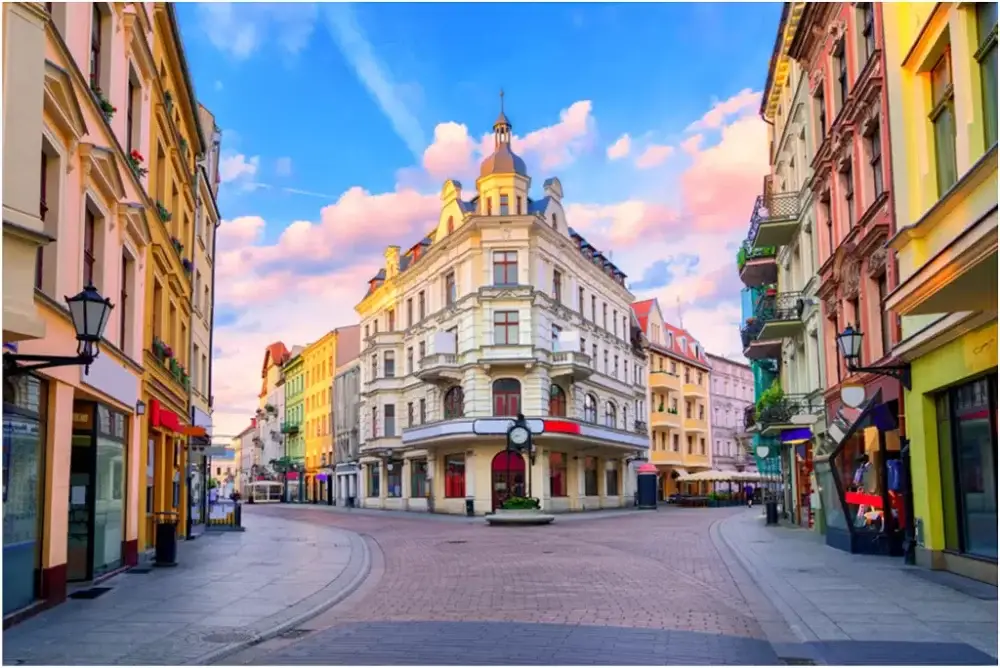The growing interest in Eastern Europe has led to increasingly diverse and legally transparent ways of immigrating to Poland. Among the main factors contributing to the country’s attractiveness are accessible education, an active labor market, flexible mechanisms for obtaining residence permits and permanent residency. For those considering life in Europe, the state provides clear and consistent tools for legalization.
How to Move to Poland: Legislative Framework and Legalization Paths
The immigration policy is based on European standards that combine openness with strict procedural frameworks. The main entry directions are considered to be work, business, education, having Polish roots, or humanitarian circumstances. All documents are processed either through consulates or at the place of residence in the country.

Immigrating to Poland through Employment
One of the most common channels is through employment. A foreign citizen can enter the country by invitation from an employer or through an agency accredited at the national level. The country actively attracts IT specialists, builders, drivers, engineers, and service industry workers.
Having an official contract allows for obtaining a residence permit, and after a few years, applying for permanent residency in Poland. The advantage is that labor immigration is accompanied by accelerated procedures for obtaining a residence permit.
Business and Freelancing as a Path to Legalization
Setting up a sole proprietorship or small business is another effective mechanism. The state incentivizes entrepreneurs by offering simplified taxation and access to investment programs. Freelancers in design, marketing, IT, and consulting have the opportunity to demonstrate financial stability and apply for a residence permit.
Education and Academic Programs
Separate channels are provided for students. Enrolling in a university, technical school, or even language courses automatically grants the right to temporary residence. After completing studies, there is time to search for employment, with the possibility of changing status to a residence permit. This path is considered one of the legal and sustainable ways of immigrating to Poland, especially for young people planning long-term adaptation in the country.
Here are the directions through which academic immigration is most commonly formalized:
- enrollment in a state university;
- admission to a bachelor’s or master’s program in English;
- participation in international exchange programs;
- completion of preparatory Polish language courses;
- education in private academies with subsequent employment.
The academic path is particularly attractive for young people planning to build a career and obtain a residence permit in Poland.
Polish Card and Polish Roots
Bearers of Polish culture and their descendants can take advantage of the Polish Card program. It allows legal residence in the country, work without permits, and eligibility for permanent residency through a simplified scheme. With archival certificates or direct relatives of Polish origin, the document can be obtained through the consulate.
Immigration through Family
Family reunification is a separate direction actively used in 2025. Family members already residing in the country based on a residence permit or permanent residency can invite spouses, children, and parents. Proof of housing, income, and insurance is required. This mechanism is part of the official immigration methods to Poland and allows for a legal move based on family ties.
Simplified Mechanisms — List of Advantages
When considering the country, it is important to understand what factors make adaptation and legalization processes convenient for immigrants:
- clear legal framework and regulated timelines;
- simple requirements for residence permit applicants;
- ability to obtain a residence permit while working remotely;
- favorable conditions for business and freelancing;
- active support for expatriates and adaptation courses;
- wide presence of Polish and international agencies.
These conditions create a favorable environment for relocation and long-term residency.
Immigration Paths to Poland: 2025 Legal Map
Immigration strategy can be built on one of several schemes. Below are the main ones:
- submitting documents for employment from a Polish employer;
- registering a sole proprietorship and starting a business;
- obtaining the Polish Card with confirmed roots;
- enrolling in school, technical school, or university;
- participating in state grants for freelancers;
- obtaining refugee status with grounds;
- applying for a residence permit through family;
- employment through international agencies.
Each of these directions involves a separate algorithm that should be studied before starting the process.
Language Adaptation: Polish and English
Knowledge of the Polish language remains a key factor for successful integration. However, English is widely used in major cities and in the IT sector, simplifying the initial stages of stay. There are free courses for immigrants, as well as online platforms to quickly learn basic levels.
Role of Expat Communities and Mediators
Most major cities have developed expat communities that assist with documents, housing search, and adaptation. Legal consultants and licensed mediators provide training on legislation, citizenship application, and status change. Such resources significantly simplify immigration methods to Poland, especially for those encountering the country’s bureaucratic system for the first time.

Specifics of Obtaining Permanent Residency and Citizenship
After several years of residence and holding a residence permit, one can apply for permanent residency, and later, citizenship. Proof of integration, language proficiency, and absence of legal violations are required. In 2025, the procedure remains stable and predictable.
Immigration Paths to Poland: Key Points
Compared to other Eastern European countries, the immigration paths to Poland in 2025 stand out for their flexibility and transparency. The availability of multiple channels — from the Polish Card to business, from work to education — allows for choosing an individual route of legalization. The country offers quality living conditions, clear legislation, and tools to transition from temporary status to permanent residency and citizenship.
 en
en  ru
ru  de
de  ar
ar  es
es  nl
nl  hi
hi  fr
fr  it
it  pt
pt  el
el 



